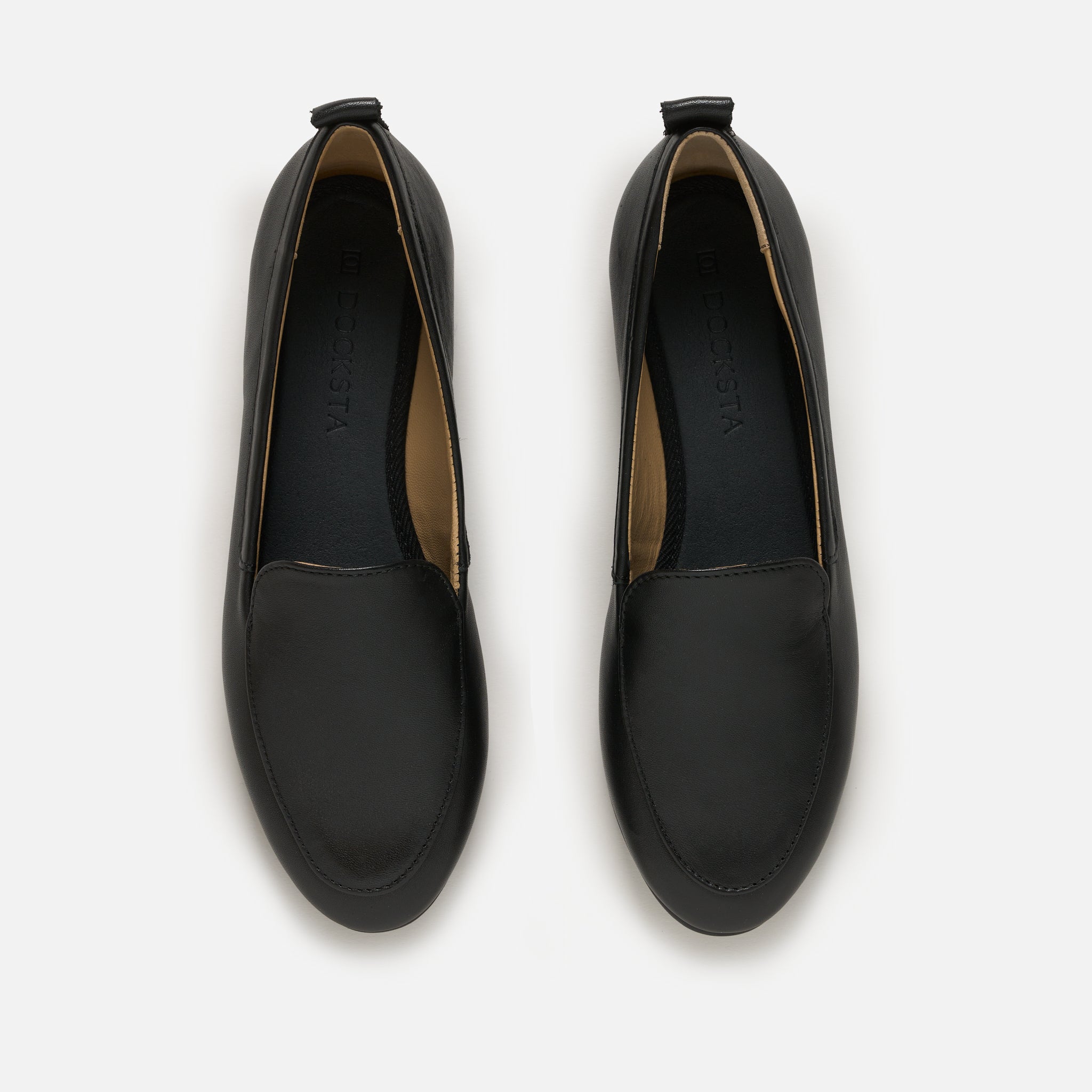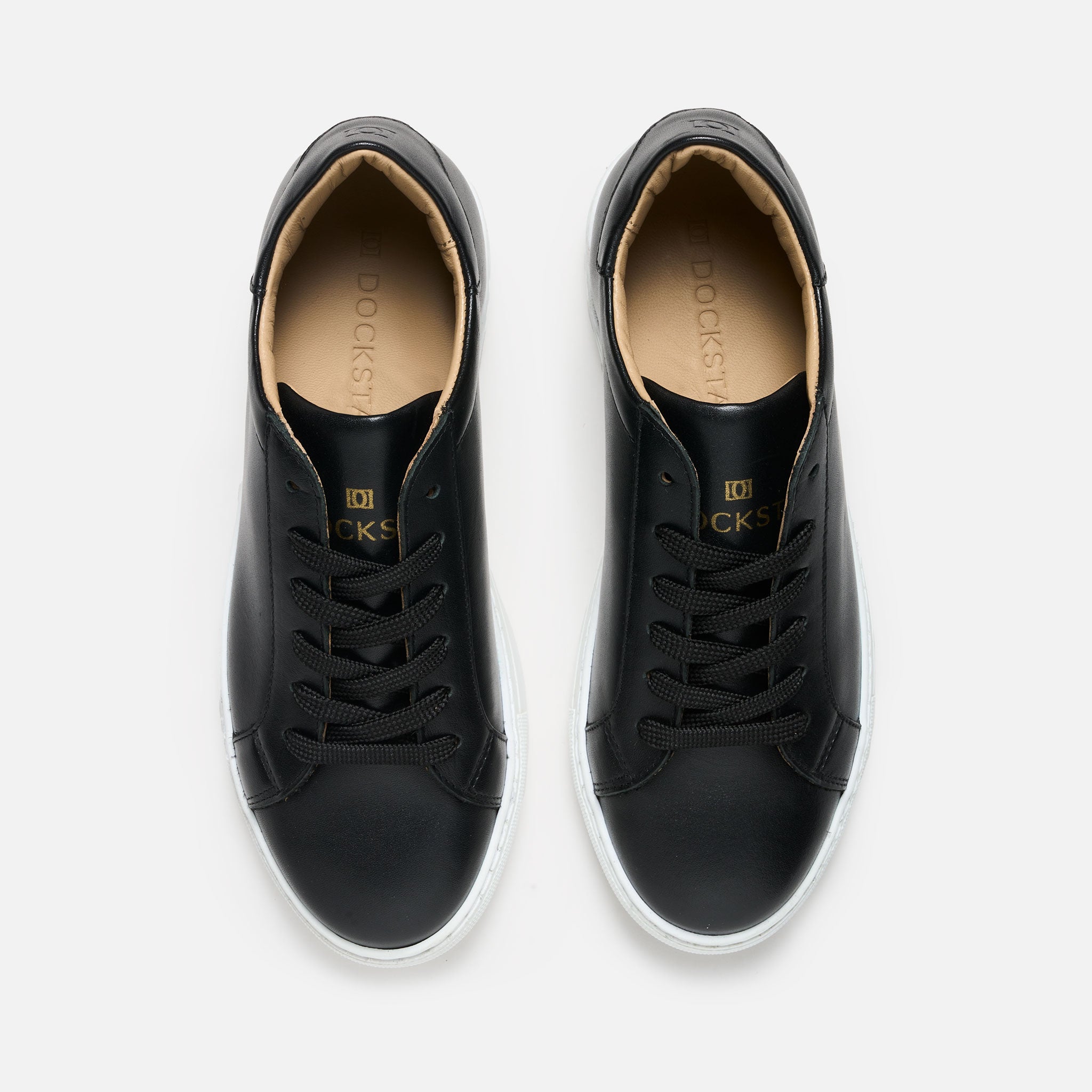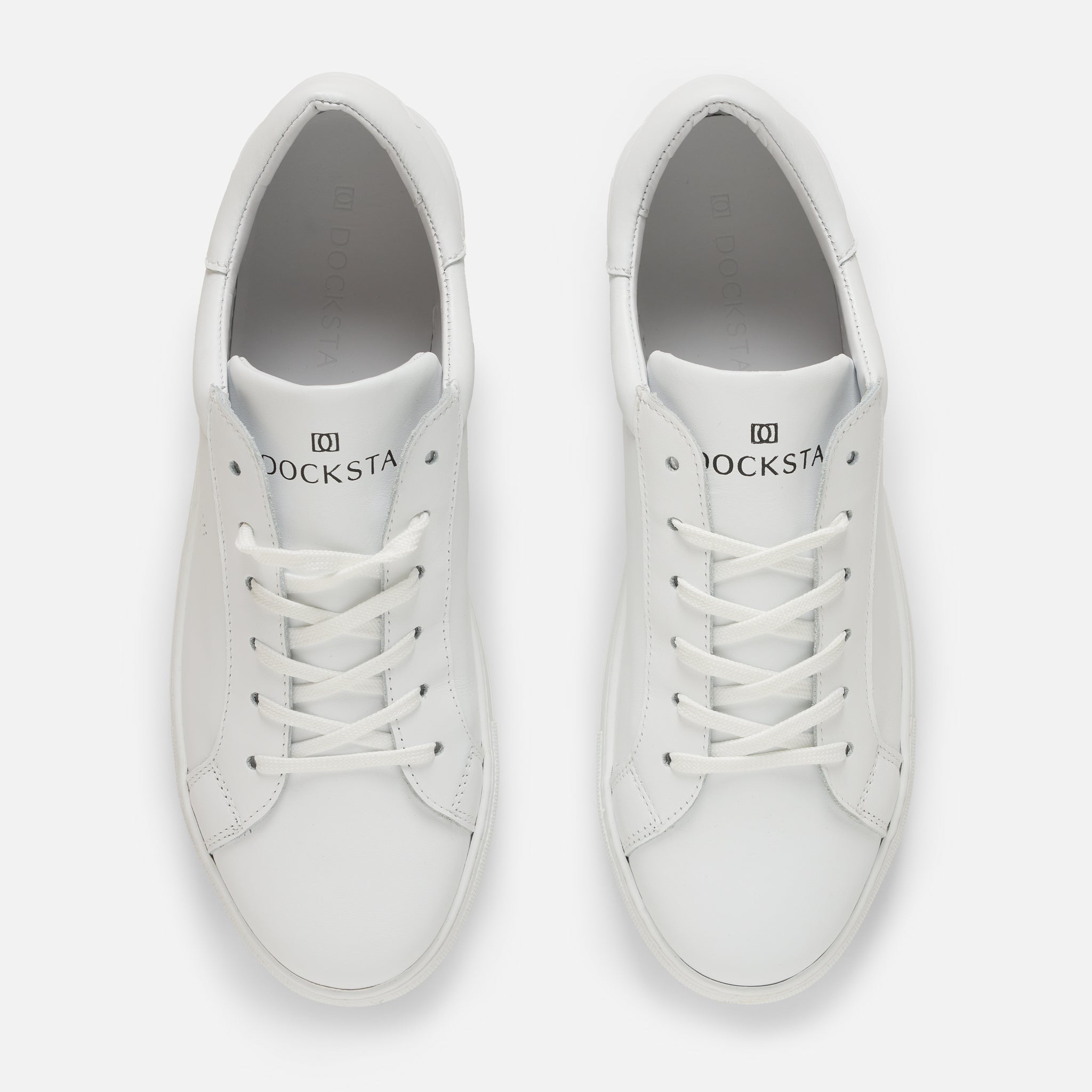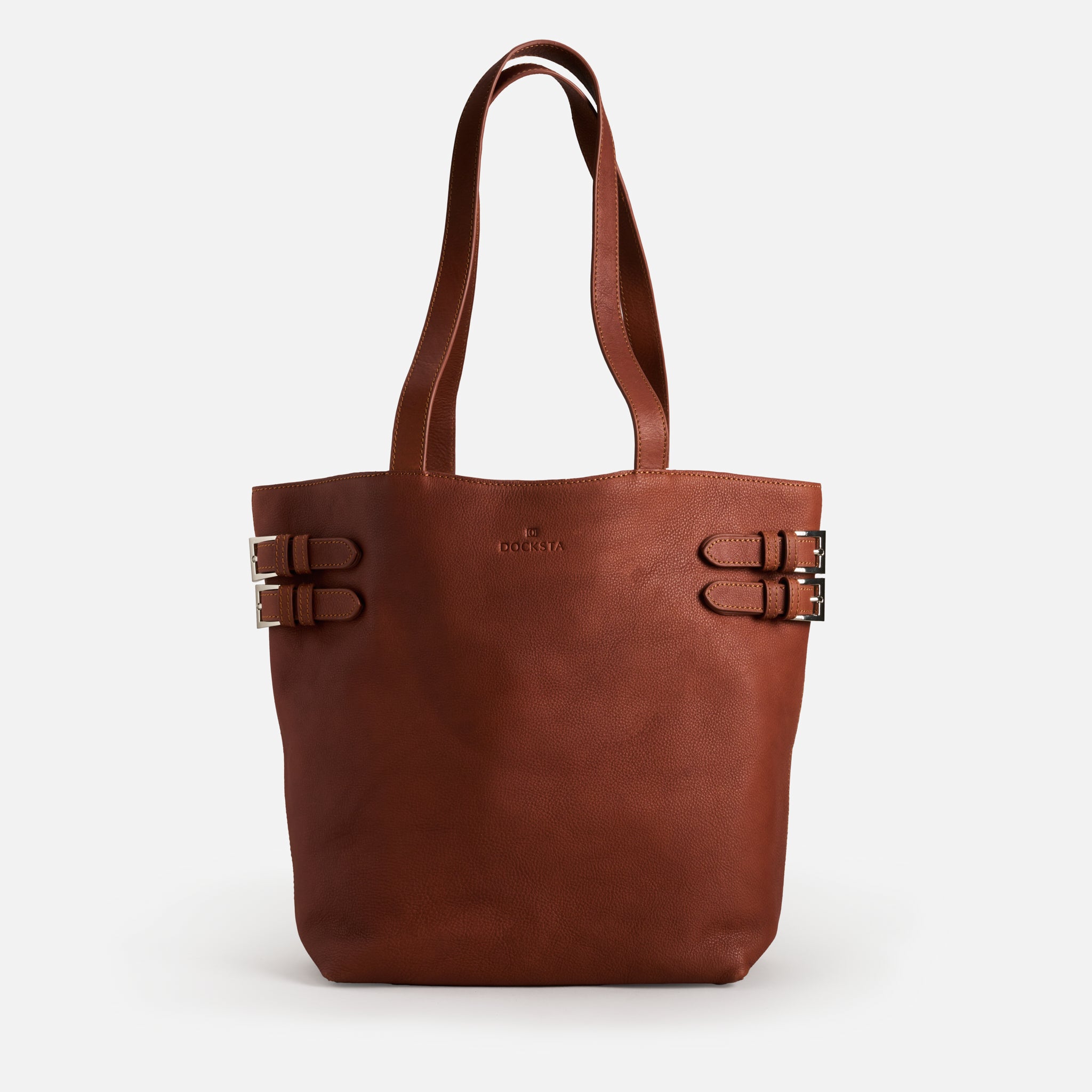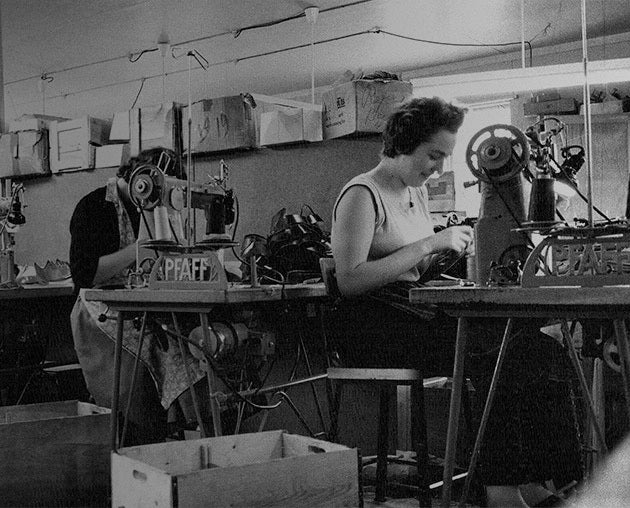
A Tradition of Craftsmanship and Quality
In 1923, brothers Per and Olle Nylund decided to start a shoe factory in the Norrland village of Bjästa. With skilled craftsmanship and hard work, AB Bjästa Skofabrik quickly became known throughout Sweden. At that time, shoes were an investment – they were carefully cared for and repaired when necessary. The Nylund brothers offered both repairs and new manufacturing, and their sturdy boots, elegant footwear and football boots became sought after.
The availability of materials was good, with local tanneries supplying high-quality leather. One of these was run by Johannes Elfving in Anundsjö, who eventually also began manufacturing shoes. His business grew and moved to Örnsköldsvik, where Elfvings Skofabrik became a central part of the growing shoe industry.
The Elfving factory would later play a crucial role in our history – but that was just the beginning of the story of Norrland shoemaking.
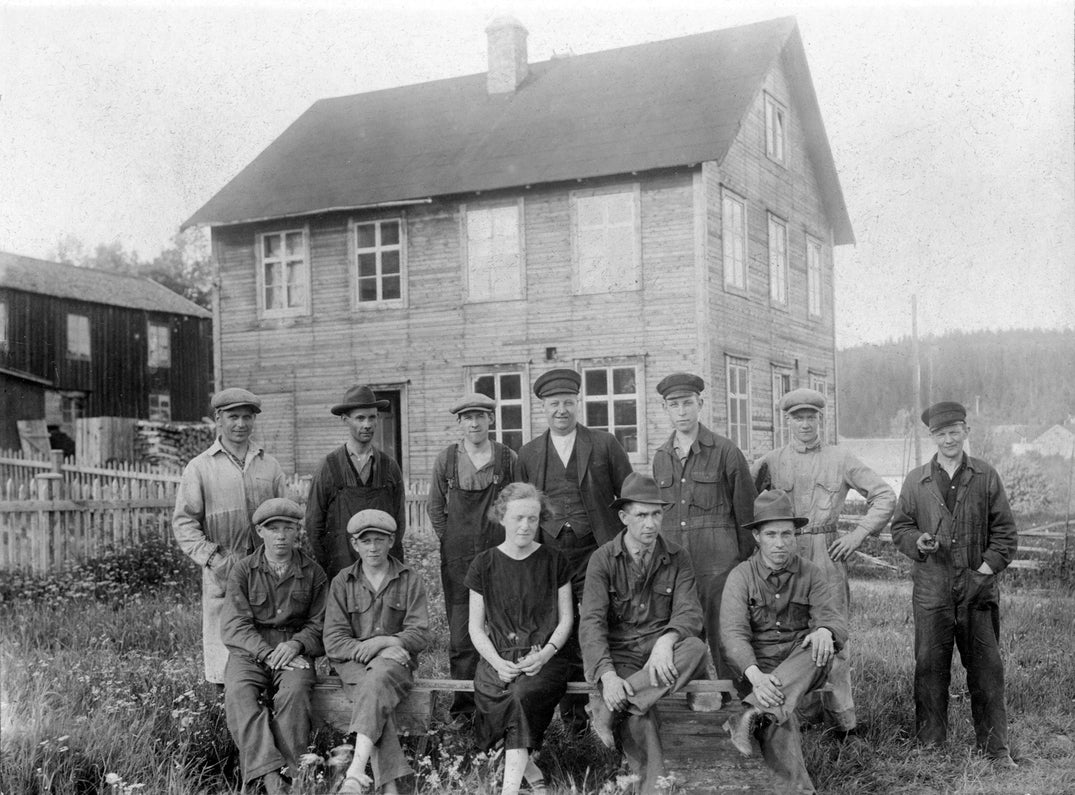
From Wanderer to Shoemaker
Ivar Königson was born in 1901 in Örträsk, Västerbotten. At the age of 17, he left the safety of his hometown to discover the world – on foot. Together with a friend, he walked over 1000 kilometers towards Russia, working for food and shelter in the villages along the way and finally reaching the border. But there the adventure took a turn. While his friend continued towards Moscow, Ivar turned home and followed the coast south to Stockholm, where he quickly found work. But city life did not appeal – he longed for the peace and quiet of the north and began the trek back.
In Nordingrå, on the High Coast, he got a job as a fisherman's boy and soon started a smoking and canning business. At the same time, shoe manufacturing was growing in the region, and Ivar, who knew the importance of good shoes after his long hikes, took a job at a factory to learn the craft.
In 1946, driven by an entrepreneurial spirit, he and his colleague Jacob Wedin bought the Nylund brothers' shoe factory in Bjästa and planned to move it to Docksta. But just weeks before the opening, the store burned down, and their life savings seemed lost. Despite the setback, they did not give up. With the help of insurance money, they quickly rebuilt the factory and were able to open six months later.
Docksta Skofabrik grew rapidly. In 1954, they acquired Elfving Skofabrik in Örnsköldsvik and became the largest shoe manufacturer in Norrland. Ivar's son Torsten took over in 1967, and a few years later Jacob's son Gunnar joined. Together they continued to run the company – with big plans for the future.
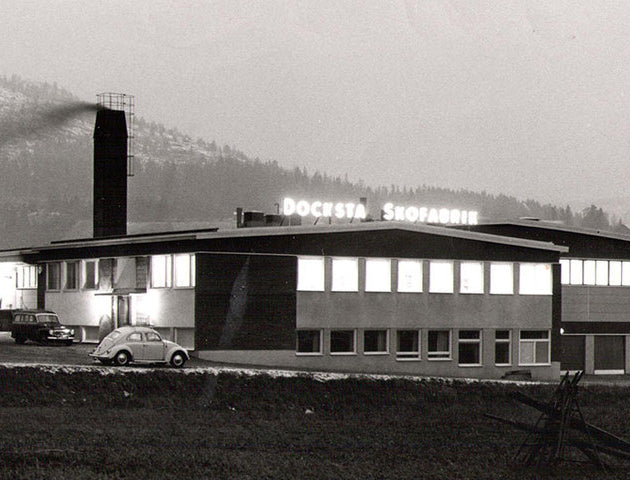
From Expansion to Challenges – and a Comeback
During the late 1950s, the company grew rapidly through the acquisition of other shoe factories, and the workforce was between 160 and 200 people. The uncertainty of the post-war period led to large military orders, the largest of which – 250,000 marching boots in 1959 – was the starting point for a new factory. Königson and Wedin invested wholeheartedly, and in March 1966 the modern shoe factory was ready.
At the same time, slippers began to become popular indoor shoes. Docksta Sko launched the Gunilla and Patrik models, inspired by the most popular names of the time. Soon, KarlAstrid was also introduced, named after our designer's child. These models became timeless classics and are still our best-selling products today.
In the 1970s, slippers and clogs took off, both in Sweden and internationally, especially in healthcare. However, the Swedish shoe industry began to struggle – production moved abroad and imports increased. Docksta Sko managed thanks to the Swedish Armed Forces' orders, but when they stopped in the 1980s, the crisis became acute. In 1991, bankruptcy was a fact, and the factory was forced to close.
But Docksta residents refused to let the story end. In 1992, the company was saved by the local association DUAB, and Torsten's son Stefan Königson, who had worked in the company since the 1980s, continued the sale. In 2005, he took back the entire business – and Docksta Sko once again stood on its own two feet.
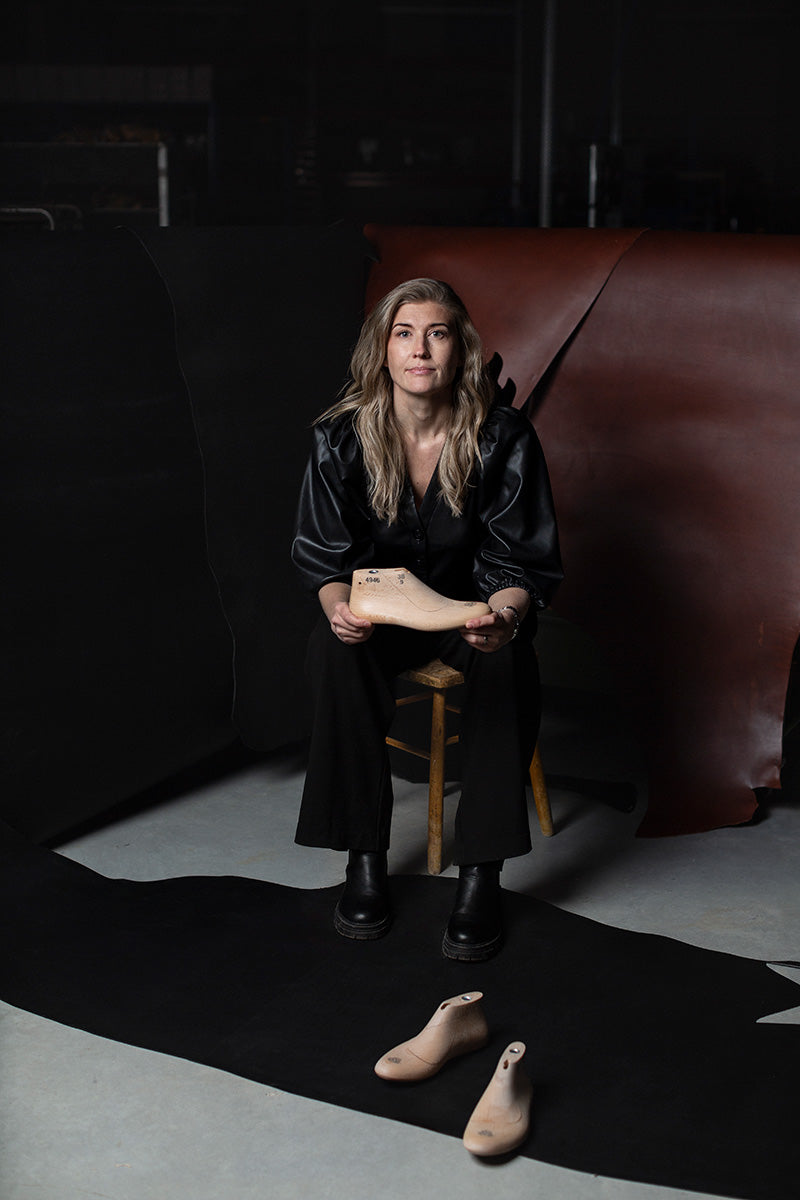
A New Future for Docksta Shoes
As the third generation Königson, Stefan Docksta Sko continued to focus on quality and tradition. He was an early adopter of online sales and his own factory store, but as he approached 60, he began to think about the future. With children who had chosen other paths, he wanted to find the right buyer – someone who could carry on the legacy.
At the same time, we were looking for a manufacturing company to acquire. Lisa, with roots in both Anundsjö and Ullånger, knew Docksta Skofabrik and its history well. With a love for craftsmanship and production, the choice was natural – in 2015 we took over the company with the vision of bringing tradition into the future.
In 2024 we were finally able to move into our new property that we have been building for three years during a recession followed by war in Europe. Just as Ivar and Jacob probably once felt, we are filled with anticipation but also a certain nervousness. We live in uncertain times but at the same time we are determined to meet the challenges of the future and not least climate change.
Our vision? Sustainable products, produced in a more environmentally friendly way. A modern take on the same mindset that the Nylund brothers once had – shoes that last over time.
We are a small family business with a big heart. Our team consists of people from all over the world, and we believe in a strong and integrated Sweden where small and large companies create viable communities. We invest in local raw materials and environmentally friendly transportation, and we hope that you as a customer feel the same pride in our shoes as we do when we make them.
Lisa Edin
CEO Docksta Shoe
